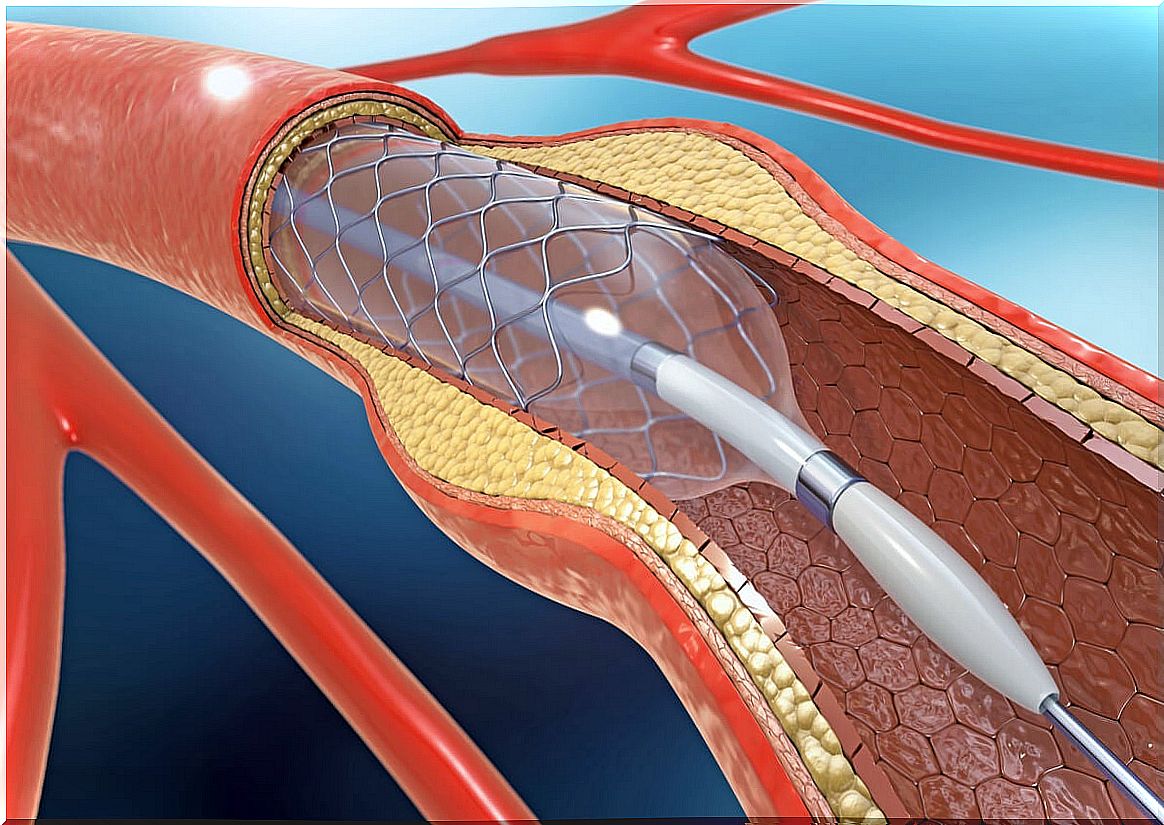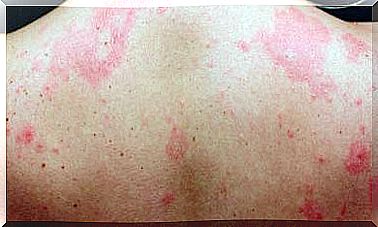Heart Disease: Everything You Need To Know
Heart diseases are those that affect the heart. Many times this term and that of cardiovascular pathology are used , although in reality, the latter are those that also refer to the involvement of blood vessels.
All of them are the main causes of death worldwide. However, much of it is preventable. Therefore, in this article we explain everything you need to know about heart disease and how to avoid it.
What are heart disease?
Heart diseases are a heterogeneous group of pathologies that affect the heart, either structurally or in its functioning. They can also include certain vascular pathologies, such as narrowing of the blood vessels.
In general, they are usually divided into a series of groups. In the first place, we find those that consist of an alteration of the heart rhythm: arrhythmias. On the other hand, there are congenital heart defects, which are those present from birth.
Structural abnormalities are also included within heart diseases. For example, valvular heart disease (related to the valves of the heart) or cardiomyopathies (alteration of the heart muscle). Next we are going to make a basic explanation of three of the most relevant.

Arteriosclerosis
Atherosclerosis is one of the most relevant risk factors for heart disease. Actually, it is within the cardiovascular pathologies, but it is important to highlight it, because it usually causes serious complications.
This disorder involves the arteries becoming stiff and thick. In this way, the blood flow to the body’s tissues is disturbed. Atherosclerosis, for its part, is a specific type of arteriosclerosis, although they are not the same. In this case we refer to a hardening of the wall different from that formed by the atheroma plaques.
What usually happens is that atherosclerosis affects the coronary arteries. Thus, the heart stops receiving enough oxygen and nutrients to function properly, due to clogging fatty and cholesterol plaques.
Angina pectoris and myocardial infarction
Both angina pectoris and infarction or heart attack are pathologies closely related to atherosclerosis. They occur when there is already a noticeable blockage in the coronary arteries.
When the obstruction is partial, angina pectoris usually occurs. Intense pain appears that does not reach the heart attack, which is located in the chest and disappears after a short time when the person rests.
In contrast, acute myocardial infarction is a powerful pain that does not calm with rest and denotes a lack of oxygen delivery to the heart tissue. In the end, the result is cell necrosis. Heart attack is one of the leading causes of death today.
How do heart disease develop?
The development of heart disease depends on many factors. We can distinguish, in a general way, between congenital and acquired pathologies. Congenital are those that are present from birth.
Birth defects are often the cause of arrhythmias and valvular heart disease. On the other hand, those acquired are usually related to a series of risk factors and harmful habits.
For example, as explained in the Journal of Clinical Medicine, tobacco, high blood pressure and diabetes are determining factors in its development. The same happens with other drugs, such as alcohol or cocaine, as with stress or lack of exercise.
There are factors that increase the risk of heart disease and are not modifiable, such as aging and the passage of time. Infections or other metabolic diseases (such as hemochromatosis) may be related.
What are the signs of heart disease?
Symptoms of heart disease are variable. It is not the same that the pathology affects a blood vessel, such as atherosclerosis in a coronary artery, that the heart rhythm is altered. Therefore, we are going to explain in general lines what signs usually appear in each situation.
In the first place, when we talk about atherosclerosis, we must think that the symptoms are going to be derived from angina pectoris or a heart attack. In these cases, what predominates is intense chest pain and shortness of breath.
Also, the pain can radiate to the jaw or arm. However, it is important to note that the symptoms are not the same in men as in women. According to the Mayo Clinic, women are more likely to suffer from infrequent signs such as nausea, vomiting or indigestion.
Arrhythmias are characterized by a throbbing or fluttering sensation in the chest and general discomfort. In many cases, dizziness and fainting occur, in addition to lightheadedness.
Congenital heart defects, meanwhile, tend to cause shortness of breath and physical activity. It is usual for these people to have edema in the legs or even in the abdomen. In the most severe cases there may be cyanosis.
How can heart disease be detected?
Thanks to advances in science and medicine, every day there are more ways to detect heart disease. In fact, in some cases a prenatal diagnosis can even be made. In this way, treatment is established early and complications are avoided.
The tests that are most used in cardiology consultations are the electrocardiogram, echocardiogram and cardiac catheterization. However, they are not the only ones. Computed tomography, MRI, and stress testing can also be used.
Electrocardiogram
The electrocardiogram is usually the initial test for any possible cardiac pathology. This is because it is a low-cost and minimally invasive procedure.
It allows recording the electrical signals that are produced in the heart. This way you can see if there is any abnormality in the rhythm or even in the structure.
Echocardiogram
The echocardiogram is also a non-invasive test that is performed frequently. It is an ultrasound that allows you to see the structure and function of the heart.
The Spanish Society of Cardiac Imaging explains that this technique can be combined with Doppler, which is very useful, especially after myocardial infarctions. The Doppler technique adds color to the dynamics of what is seen and it is possible to measure blood circulation with it.
Catheterization
Catheterization is not only a diagnostic test, it can also treat many heart conditions. It is especially useful in coronary artery atherosclerosis.
It consists of introducing a tube (catheter) through a vein or distal artery. This tube is guided into the heart, where the defect in question can be seen and even repaired. For example, by placing a stent to open the artery.
What surgeries help with heart disease?
Surgery is a very useful treatment modality for some heart conditions. In fact, in many cases it is the only definitive way to solve the pathology. We explain some of the techniques that are usually used.
Atherectomy
Atherectomy is a procedure that removes atheroma plaque from inside the arteries. It is done through a catheter that has a scalpel at the end, with a laser or with a sharp edge, which helps destroy the plaque.
Angioplasty
Angioplasty consists of inserting a catheter with an inflatable balloon at its end. This catheter is placed in the obstructed vessel in question. The balloon is then inflated, thereby increasing the caliber of the artery. It is a procedure that can even be carried out on an outpatient basis.
Pacemaker
A pacemaker is an electronic device that helps regulate your heart rhythm. According to the Cardiovascular Institute of Buenos Aires (ICBA), it is very useful in the treatment of arrhythmias and its placement has a low risk of complications.

Can children develop heart disease?
Children are also susceptible to heart disease. In fact, as we pointed out at the beginning, some of these pathologies are caused by birth defects. In turn, these defects, if they are serious, tend to manifest as early as childhood.
For example, unusual communication between the different heart chambers. The same happens with congenital valve disease, which makes the heart valves not able to work properly.
Some heart diseases can be prevented
We must always bear in mind that many heart diseases arise from bad habits. For example, smoking, having a poor diet or a sedentary lifestyle.
Therefore, the ideal is that we try to act on these factors to reduce the risk of suffering from heart disease. Controlling stress, weight, and moderate exercise are essential measures. In addition, it is important to consult any symptoms or doubts with a doctor.








